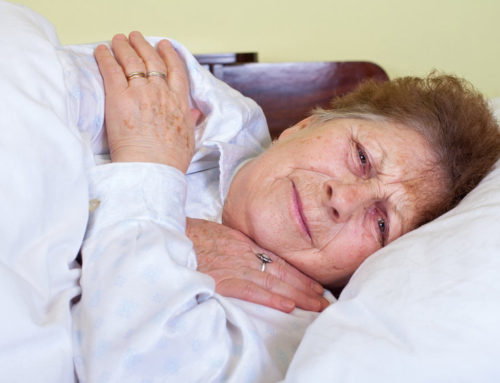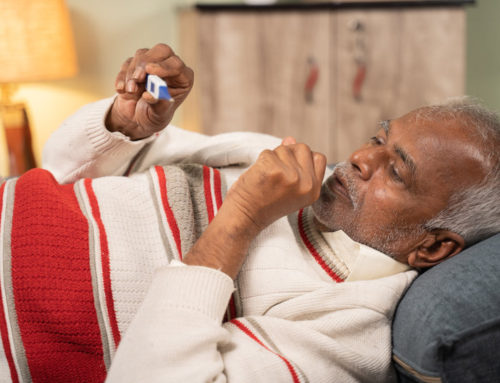Share This Story!
What Is Traumatic Brain Injury?
A traumatic brain injury (TBI) is caused by an aggressive blow to the head. This injury can result from a sudden fall, car accident, or high-impact sport like football. TBIs affect a large portion of the elderly community, with nearly 80,000 elderly patients hospitalized each year due to traumatic brain injuries. TBIs range from mild to severe and may cause seizures or brain death.
Why are elderly patients more likely to suffer from TBI?
TBI can occur in any age group, but the elderly population is more susceptible to this injury due to a few factors. Elderly patients tend to have difficulty with physical activities due to vision impairment or side effects from medication, making falling more common for this group. Researchers also believe brain shrinkage, a phenomenon that happens as people age, also contributes to TBIs. Furthermore, elderly patients can have a difficult time recovering from TBIs.
How do doctors diagnose someone with TBI?
Once a person gets admitted into the hospital, doctors will conduct a series of tests. These tests include imaging tests like a CT scan or MRI. These tests can reveal hemorrhaging, contusions, blood clots, and swelling in the brain. Medical personnel will use the Glasgow Coma Scale to check the patient’s ability to move parts of the body. Doctors may also use an intracranial pressure monitor to check brain tissue.
What are TBI symptoms?
Patients with a TBI can suffer from an array of symptoms. Some of these symptoms will occur immediately and may still be present during or after treatment:
- Headache
- Nausea
- Dizziness
- Seizures
- Loss of coordination
- Slurred speech
- Numbness in fingers and toes
- Concussions
During the examination, doctors will talk to the patient and make note of the symptoms. Then doctors will begin tests to understand the severity of the injury. These tests are done in the hospital.
What are the treatment options for TBI?
TBI treatment options depend on the severity of the injury. For mild cases, doctors can prescribe an over-the-counter medication and schedule follow-up appointments to monitor the patient’s condition. Usually, moderate cases require extended hospitalization where doctors can ensure the patient has adequate oxygen and blood supply. The patient may have to take anti-seizure or coma-inducing medications.
In severe cases, patients will undergo immediate surgery. These surgeries primarily focus on eliminating hematomas, reducing brain pressure on the skull, fixing skull fractures, and stopping brain bleeding. After surgery patients need to heal and rehabilitate. These patients will need outpatient care, and doctors refer patients to physical therapists, occupational therapists, speech therapists, and other specialists.
What should I do if I think I have a TBI?
Patients should seek immediate medical attention for a TBI. Even if the patient feels fine after the accident, the person should still see a medical provider. TBIs are serious injuries that cannot be treated at home. This is especially true for elderly patients. Please go to a healthcare facility and speak to a medical provider.





